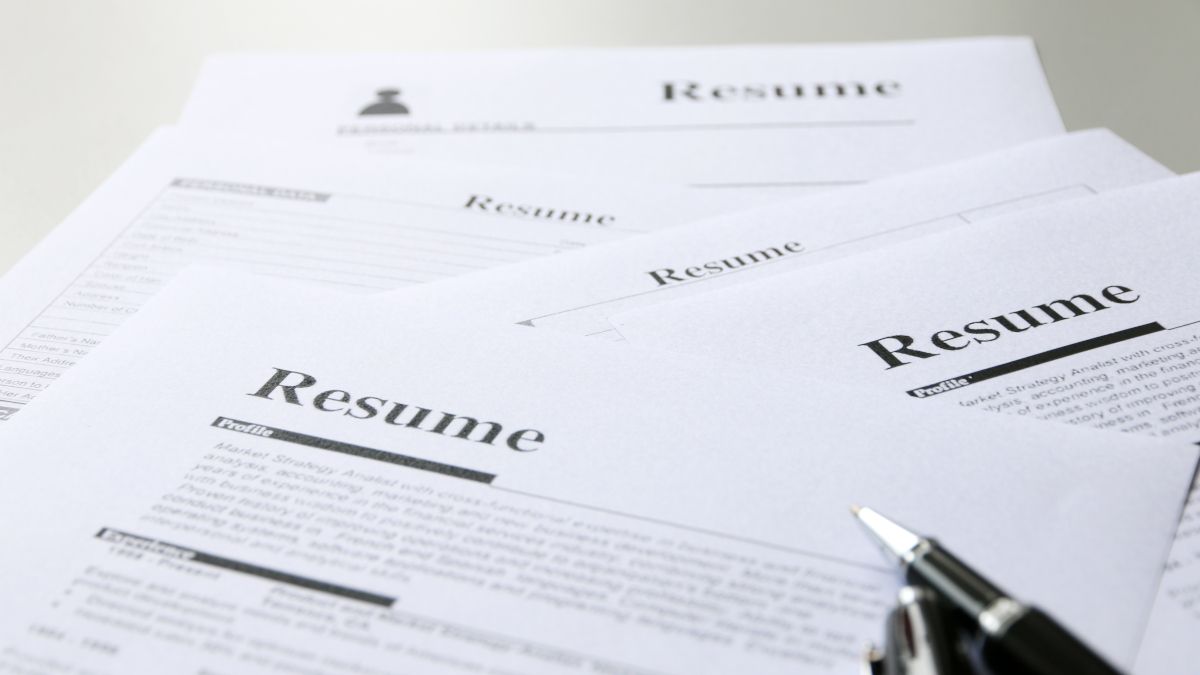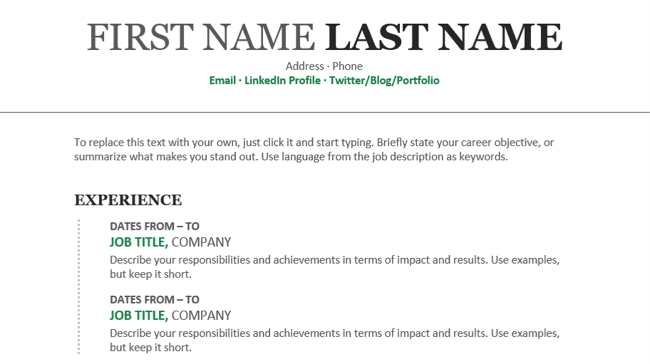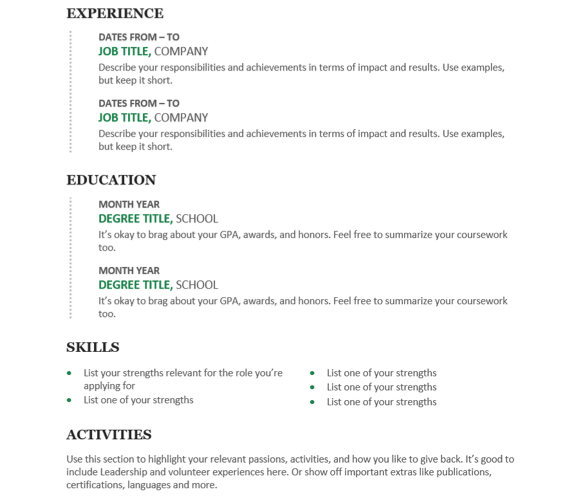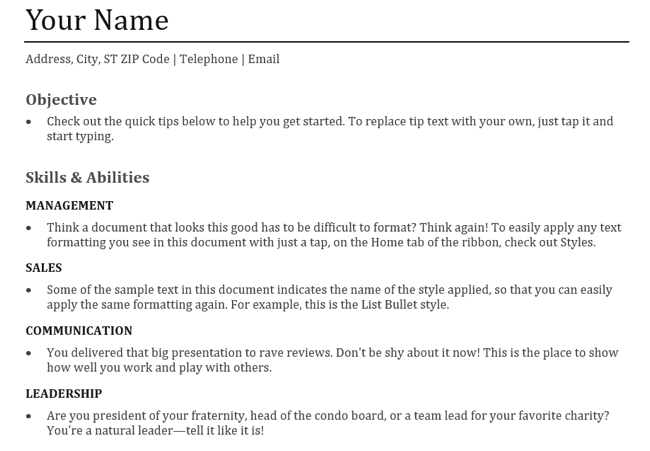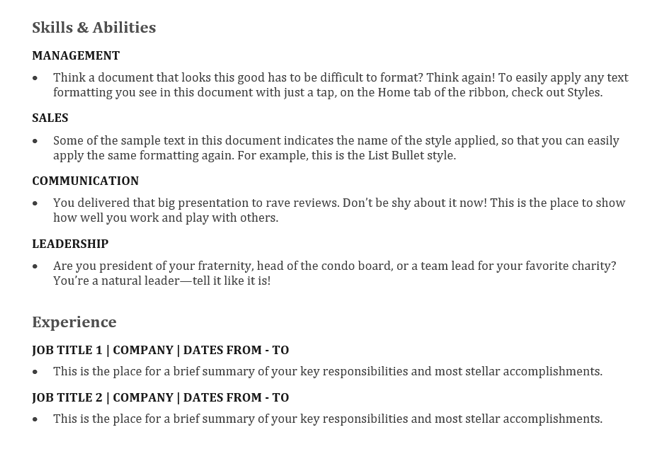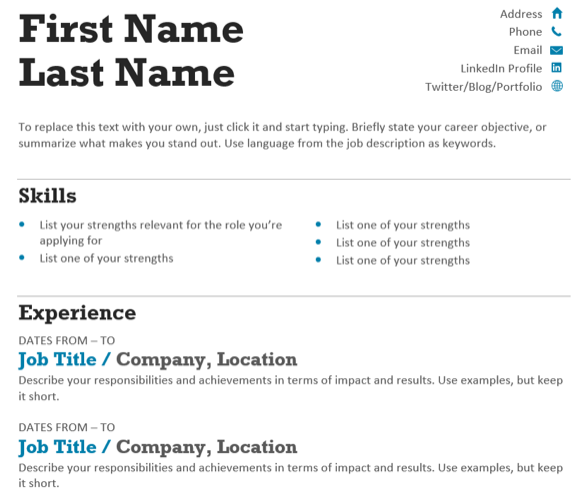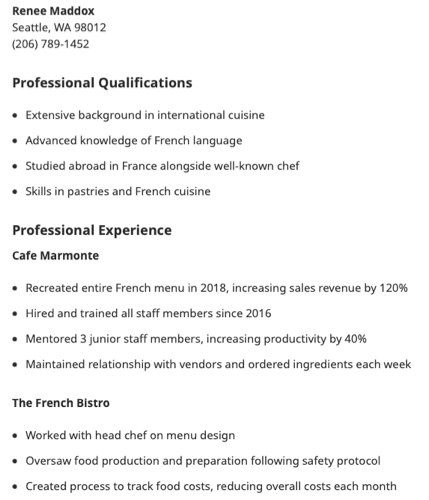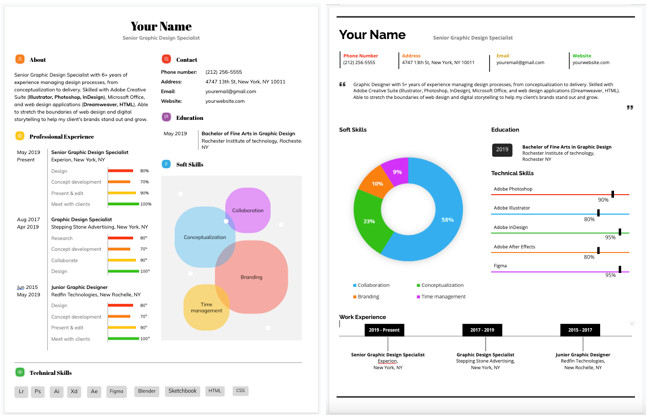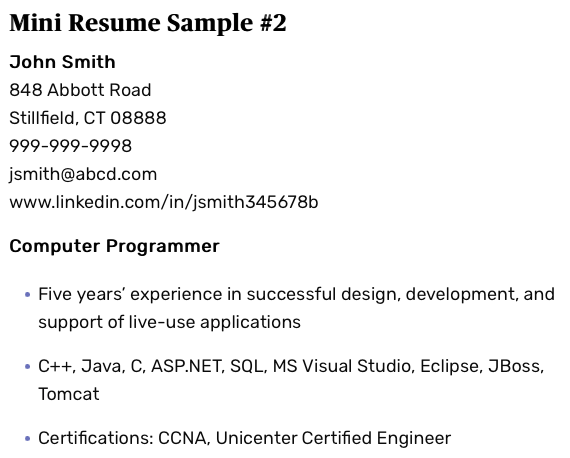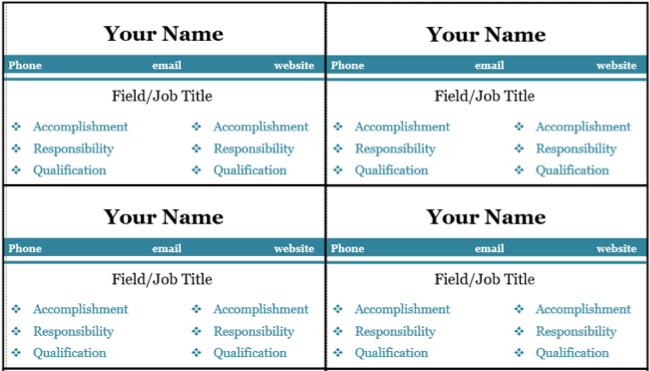Quick Links
As a job seeker, a resume is a must-have. But did you realize that there are different types of resumes? To help you make the right choice, we'll walk you through the options for the kind of resume you should choose.
Chronological Resumes
One of the most common resume types is a chronological one. This highlights your work history before delving into other details like education, skills, and certifications.
When to use a chronological resume: When you have a steady work history, an increase in job levels over time, or little to no gaps between jobs.
All resumes should have your name and contact details right at the top. Optionally, you can then add an introduction or objective. This can include a summary of your experience and skills along with your career goals.
The next information you should include is your work history. Add your jobs in reverse chronological order with the most recent first. Be sure to list basic job details including employer, position or title, start and end dates, and a brief description of the position or job duties. When adding the description, you can use bullet points for a clean appearance.
Once you list your work experience, include a section for education next followed by your skills, certifications, awards, and volunteer work.
Functional Resumes
Another common type of resume is a functional one. This showcases your skills and abilities before your work history, education, and other details.
When to use a functional resume: If you're changing careers or industries, have long periods of unemployment, are a recent college graduate, or when you want to simply highlight your skills over your work experience.
Again, place your name and contact information at the top. Then, optionally add a career summary. The summary isn't required but can be a helpful introduction. You can include your main experience, pertinent skills, and career goals.
Next, you should list your skills. It's best to use categories with bulleted lists of your skills and abilities within each category. This is the area of your resume you should spend the most time perfecting. Be sure to include accomplishments and achievements related to each skill category.
Below the skills section, add your work history starting with your most recent job first. Then, finish it up with your education, certifications, and awards.
Combination Resumes
A combination resume is another common option. This resume type is a mixture of chronological and functional resumes.
When to use a combination resume: When your work history and skills are equally important, you're an early career professional with a few years of job experience, or have little to no gaps in your work history.
After your name and contact information, you can, like the above resumes, include an introduction or summary. Highlight your most relevant experiences and skills along with your career goals.
Next, add your skills and abilities. This section would be more condensed than that for the functional resume structure. Be sure to include skills related to the position for which you're applying.
After the skills section, add your work history. This should be similar to the chronological resume with your most recent employment first. Include the employer, your position, start and end dates, and bullet points with brief job duties.
Finish up the combination resume with your education, certifications, awards, and similar achievements.
Targeted Resumes
A less commonly known resume type is the targeted resume. This resume is tailored for the specific job for which you're applying.
When to use a targeted resume: Some say that every resume you create should be targeted toward the open position. But mainly, you should use this resume type for the particular job you seek.
To use a targeted resume, do your research and review the job description thoroughly. You should highlight those skills you possess and jobs in your work history which relate directly to the position.
You can use an existing resume as the base for a targeted resume. Then, simply edit the summary and sections to include your relevant skills and jobs as they link to the open position.
You should list your skills using bullet points and keywords related to the position. And, you should list your jobs in reverse chronological order highlighting those duties that are beneficial to the open position.
Indeed's Career Guide offers further suggestions along with the structure you should use for a targeted resume.
Infographic Resumes
If you are in the design field where visuals are key, you can consider an infographic resume. This type is meant to showcase your design skills in the creation of the resume itself.
When to use an infographic resume: If you work in a creative field where design skills are essential such as in the arts or marketing industry.
An infographic resume may be a visual display but should still include all necessary details including work history, skills, education, certifications, and achievements like any other. The difference is that you present them using charts, word clouds, star systems, timelines, icons, and colors.
If you'd like some inspiration for your infographic resume, take a look at the examples and templates at Resume Genius. You can always start with a template and tailor it to your needs with your own designs and colors. Or, just look at the examples to get ideas of how to lay out the sections and best present your skills and experience.
Consider including a traditional resume along with your infographic resume.
Mini Resumes
A mini resume is just what it sounds like, a condensed version of a full resume. You normally see these on business cards, so they contain minimal yet important skills, experience, and achievements.
When to use a mini resume: When you're at a career fair, networking, or similar event or if you unexpectedly meet a recruiter or potential employer.
Keep your mini resume card in your wallet or bag for unanticipated encounters.
You can include your name and contact details on one side of the card with your most impressive skills, accomplishments, experience, or education on the other in bullet list format. Or, you can put all details on one side, depending on how many you have. Because of the compactness of a mini resume, be sure to showcase yourself in a thoughtful and concise way.
For some mini resume examples to get started, head over to The Balance.
For a template you can open and edit in Word, visit Instant Resume Templates for the option below.
Now that you know what your options are for resumes, you can select the one that best fits your experience, skills, industry, and career level.
For more, look at how to use the LinkedIn Resume Assistant in Microsoft Word.

